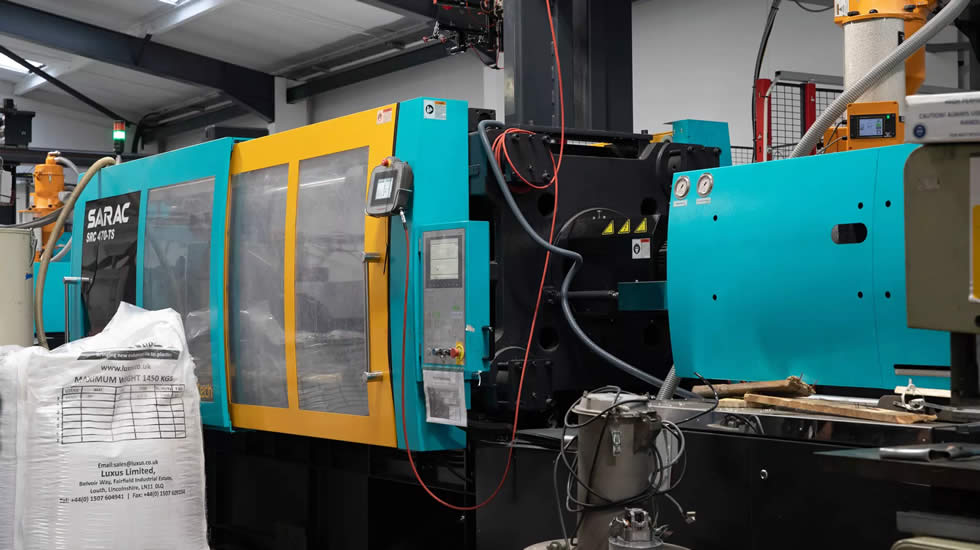Summary. Plastic injection moulding is a cornerstone of modern manufacturing, essential for creating products across various industries. At Stephens Plastic Mouldings, we excel in this field by educating clients on injection moulding techniques and the plastic injection moulding process. Our guide covers design, mould creation, material selection, moulding, cooling, post-processing, and quality control, ensuring high-quality results and exceeding client expectations.
Plastic injection moulding is a cornerstone of modern manufacturing, providing the backbone for a vast array of products across industries from automotive to consumer goods. At Stephens Plastic Mouldings, we pride ourselves on not only delivering high-quality moulded products but also on educating our clients and the next generation of engineers and designers. This comprehensive guide will walk you through the injection moulding techniques from initial design to the final production stage, offering insights into each step to enhance your understanding and appreciation of this intricate process.
1. Design: Laying the Foundation
The first step in the plastic injection moulding process is designing the part to be moulded. This involves considering the function and end use of the product, which influence the design’s complexity and material selection.
2. Creating the Mould: Precision Engineering
Moreover, after finalising the design, we create a mould to shape the molten plastic into the desired form. Typically made from steel or aluminium, this mould requires precise engineering to ensure the final product meets all specifications.
3. Material Selection: Choosing the Right Plastic
Choosing the appropriate material is crucial as different plastics have varying characteristics such as durability, flexibility, and resistance to heat and chemicals. The selection is based on the intended use of the final product.
4. Moulding: The Production Process
Furthermore, the actual moulding process begins with melting plastic granules and injecting the molten plastic under pressure into the mould. This phase is critical and requires precise control over temperature and injection parameters.
5. Cooling and Ejection: Finalising the Format
After injecting the plastic, we carefully manage the cooling phase to ensure it solidifies correctly before ejecting it from the mould. This meticulous process prevents stresses or imperfections, ensuring a high-quality final product.
6. Post-Processing: Refinement and Finishing
Often, the ejected product will require additional processing such as trimming excess plastic, painting, or assembly. This stage is crucial for enhancing the product’s appearance and functionality.
7. Quality Control: Ensuring Perfection
Quality control is integral throughout the injection moulding process but is especially crucial before the final product is shipped. Each part is inspected to ensure it meets all specifications and quality standards.
Conclusion: Mastery of Moulding
Anyone involved in or considering plastic injection moulding must understand each step of the process.
At Stephens Plastic Mouldings, our commitment to excellence in every phase ensures that we not only meet but exceed our clients’ expectations, delivering products that are both high in quality and perfectly matched to their needs.





